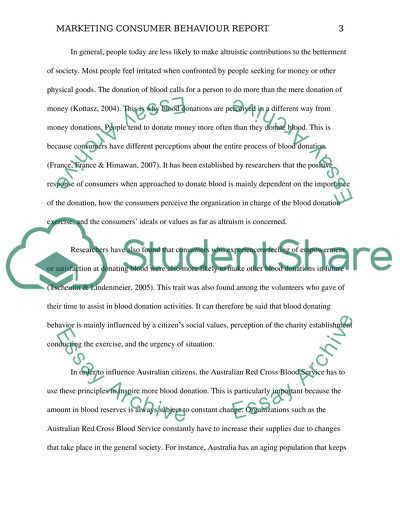Cite this document
(“Consumer Behaviour Report Case Study Example | Topics and Well Written Essays - 1750 words”, n.d.)
Consumer Behaviour Report Case Study Example | Topics and Well Written Essays - 1750 words. Retrieved from https://studentshare.org/marketing/1478647-consumer-behaviour-report
Consumer Behaviour Report Case Study Example | Topics and Well Written Essays - 1750 words. Retrieved from https://studentshare.org/marketing/1478647-consumer-behaviour-report
(Consumer Behaviour Report Case Study Example | Topics and Well Written Essays - 1750 Words)
Consumer Behaviour Report Case Study Example | Topics and Well Written Essays - 1750 Words. https://studentshare.org/marketing/1478647-consumer-behaviour-report.
Consumer Behaviour Report Case Study Example | Topics and Well Written Essays - 1750 Words. https://studentshare.org/marketing/1478647-consumer-behaviour-report.
“Consumer Behaviour Report Case Study Example | Topics and Well Written Essays - 1750 Words”, n.d. https://studentshare.org/marketing/1478647-consumer-behaviour-report.


